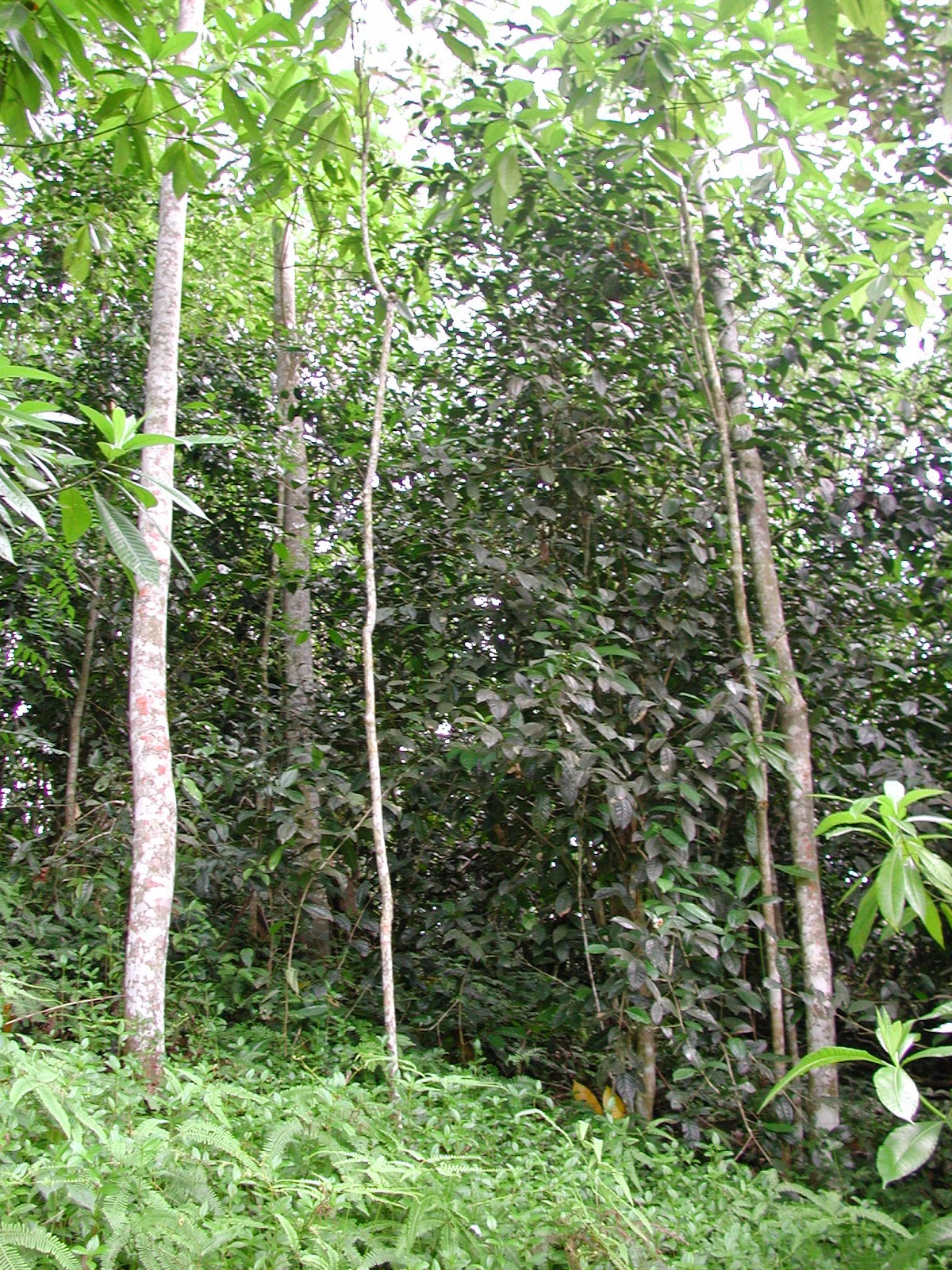Abstract of the presentation of
Sashi Dayarathne
NeemLife Plantation is willing to establish a plantation in Horowpathana area which is located in Anuradhapura district by using Azadirachta indica as the species. Plantation extends to 25.5 ha and it is going to be carried out in three phases. The plantation is adding value to its premises by intercropping with chili as a cash crop. The vision of this plantation is to be the pioneers of supplying Neem raw material to the local and international Neem based manufacturers and their mission is to provide good quality Neem leaves, seeds, fruits, bark to the Neem product manufacturers and provide high quality, durable timber to the sawmills and furniture manufacturers.
When it comes to the A. indica it is one of the multipurpose trees available in the country which provide a path to the commercial industries like cosmetics, aurvedic and biopesticies. One of the best thing is that Neem does not require highly fertile soils, can be grown even in barren lands. It does not support, however, marshy or acid lands. The tree physiology requires temperature that varies between 8º and 40º C. The more hot and humid climate, the faster is the growth. And also for an economic exploration it must be planted on sites in which rainfall is in between 800 and 1,500 mm per year. In very favorable conditions, the Neem can reach 10 m height in eight years and 12 m in ten years, and produce fruit up to 60 kg per year by one tree. The Neem tree contains a thousand of chemical components. It is remarkable the occurrence of the so-called “Limonoids”, which are very rare. They appear in Neem in more than one hundred types.
Neem is going to be planted with 5x5 m spacing under plantation establishment. Therefore 400 Neem seedlings will be planted per ha and can be maintained by providing organic fertilizer and proper irrigation system. Thinning can be carried out two times in its plantation rotation. One is at the age of 10 when the mean top height is up to 10-15 m and other one is when the age is 25 where the mean top height is up to 20 m.The first flowering of trees occurs in the 4th year. The production of fruits starts with only 10 kg per tree (4.0 tons per ha), going up to 60 kg per tree (16.0 tons per ha) in the 10th year. Each tree produces 2 tons per year up to 7 tons per year of leaves, produce 60 m3 volume of timber per ha.
Plantation can be benefited by obtaining tradable carbon credits for removing CO2 from the atmosphere, according to the cycle of cutting and harvesting of the plantation to be considered within the concept of green carbon. The Neem plantation is indeed an interesting tool for promoting sustainable plantation in Sri Lanka while providing high return rates to investors and social development in rural areas. As it can support organic agriculture in large scale for removing agro toxic from the traditional agriculture.
An open-grown neem tree








